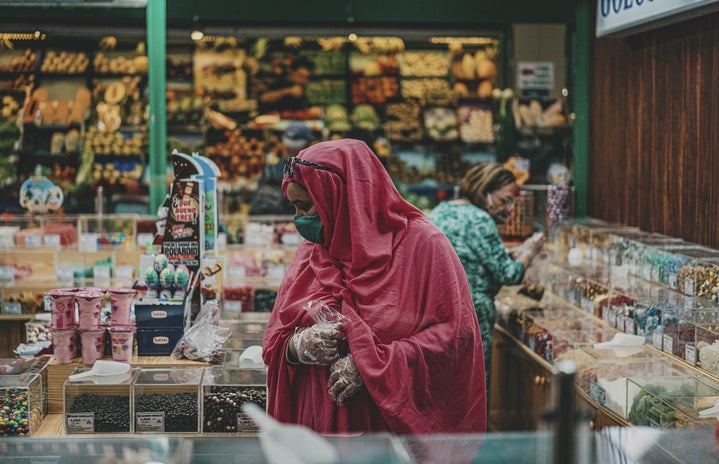In those countries which are classed as “developed” or “underdeveloped”, COVID-19 is running at up to 50% of the population. The short term effects of COVID, but also the long term health and economic impacts this has, are going to cripple these countries and set them even further back
It is easy to see this crisis as centred in the country in which one lives. Being in the UK, we often see this through the UK lens; the impact that it is having on our country, our lives and our economy. Although this is valid, there are people suffering in ways that we cannot imagine.
Living conditions are crowded – imagine the slums/favelas that the poorest live in where the virus spreads fast and viciously. Ventilators are a necessity for health systems to aid the sickest. Yet these are expensive. In the height of the first wave, Nigeria only had 0.8 ventilators for 1 million of the population. Many don’t have access to simple hand washing facilities, something that we take for granted. It was reported in May 2020 that 150 million people in Nigeria lacked handwashing facilities with soap.
This article gives an extremely simple picture of what is to come for developing countries, the ways in which the COVID-19 crisis intersects with their existing systems to exacerbate the inequalities between the Global North and the Global South. In fact, it is far more complex and interlinked.
Debt Crisis:
In the first instance, developing countries’ economies are run through informal sector or primary sector work, all of which is impossible if COVID restrictions are going to be met. Livelihoods are put on hold, but equally, the governments do not have the funds, like in the UK, to set up a welfare system to help those in need.
If the developing countries are unable to fund support for their citizens, they turn to alternative means. Already more than 90% of developing countries have approached the International Monetary Fund for access to its emergency funding and financial assistance. In the short term, this may be a solution, but the crippling debt that this will leave countries in will undermine any attempts to develop their countries internally, instead eternally tied to their loan repayments.
Vaccination Inequality:
What about vaccines? It may be easy for some to think the crisis is over when our country is vaccinated. But what about all those countries that cannot be vaccinated due to the sheer cost and medical infrastructure it requires? How is this going to affect their development trajectory in the future?
Nations have already bought over 6 billion doses of vaccines yet to be approved for market but as of November 20, no low-income country has struck a direct deal, according to Duke University researchers. A vaccine costs 50 dollars per capita per vaccine: this is more than developing countries spend on healthcare for the country in the course of a year.
It is not hard to imagine a new apartheid between the vaccinated and the unvaccinated.
COVID-19 has brought to the fore many of the issues that we discuss in development, making them sharper, starker, and more damaging to the future planet.
We should look beyond ourselves in crises; COVID-19 has made things we took for granted visible, but also rendered other things invisible in terms of health and development.
Note: This article was written on November 28, 2020.



